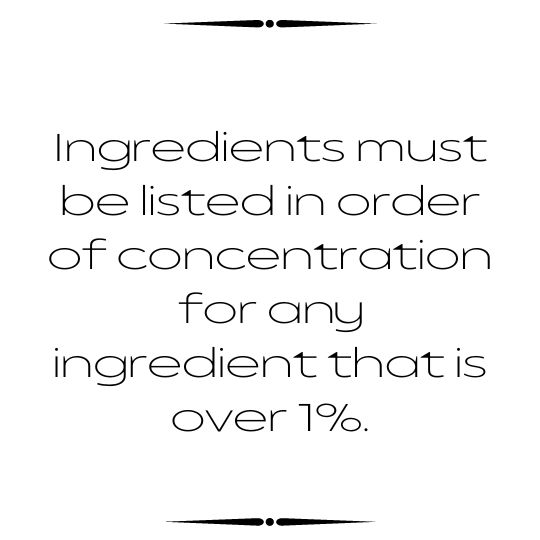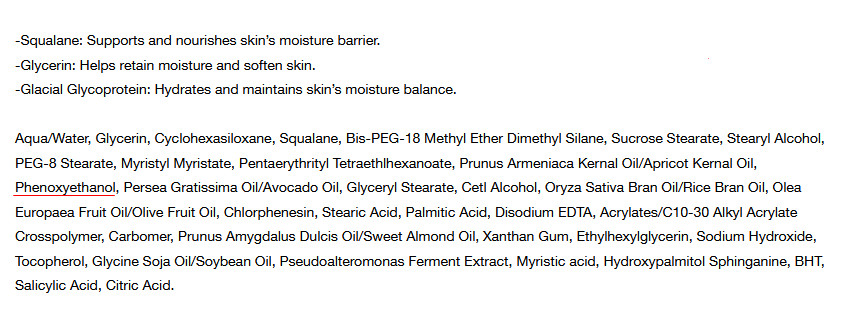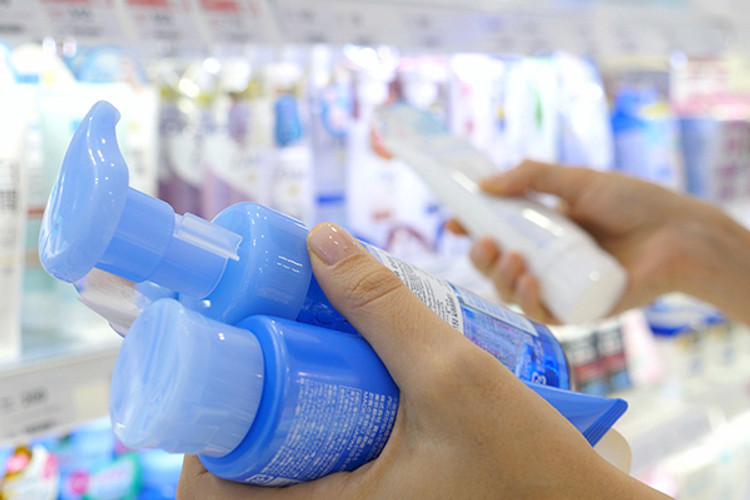Posted by Natalia Millsap / YUNASENCE on 29th Oct 2022
How to analyze a cosmetic ingredient label.
Beauty industry never sleeps. New wonderful ingredients are being discovered every day and staying in the know about their quality and performance is very beneficial today. Many ingredients have high efficacy while others play as 'fillers'. This is why it's helpful to be able to figure out the value of the product and ingredients in it before you purchase it, and also be able to compare to other similar products that may be sold at different in price. One conclusion I came to over the years is that high price ticket products are NOT automatically better. But many tend to think that way. So let's dive deep into this.
As an expert of your purchasing decisions, you will know which ingredients are a power horses in your product and which ones don't matter at all. Or not so much at least.
All skin care products contain 3 types of ingredients: Functional, Aesthetic modifiers and Claims.
When you analyze a list of ingredients of a new product, there are 4 steps to keep in mind.
1. Find that ingredient list. Usually, you can find it on the back of the product label or box. By law, every product sold in USA must have label written in English. This way you can quickly look through it for any particular ingredients that you might have an allergic reaction to. Internet makes it even easier. You may not even need to go to the store. You can find the ingredient lists online. Every self respecting brand that has nothing to hide will list their ingredients entirely, for the full transparency and customer's convenience.
2. Read the product claims in description of the product. What is it promising to do? At times the description itself will give you a clue which key ingredients perform for an indented claim. Example: Hyaluronic acid will add hydration to your skin. So you know that Hyaluronic acid is a key ingredient here.Great. Another example: This gentle shampoo with Argan oil gently cleanses your hair. Here we see that Argan oil mentioned is not really a cleansing ingredient. At least not for the hair. So this claim is a pure fluff. Get in a habit of discerning facts from fictions of product descriptions. Identify what key ingredients are needed to support the product claim.
Here are some more examples.
For rejuvenation, you may look for Retinol, Peptides, Vitamin C,...
For skin brightening and sun damage repair - Arbutin, Kojic acid, Vitamin C, Licorice extract, Bearberry extract, Tranexamic and Azelaic acids, Niacinamide ....
For exfoliation and skin resurfacing - Glycolic acid, Lactic, Mandelic,..
For antioxidant geared products look for Vitamin C, E, Ellagic and Ferulic acids, Green tea, Glutathione.
For breakouts and reactive skin look out for Salicylic and Azelaic acids, Bisabolol, Allantoin.
For hydrating products - Hyaluronic acid, Lactic acid, various Algae ingredients, Niacinamide, Trehalose,...
Of course there are a lot more active ingredients and if you see an unfamiliar one, just look it up. Simply Googling should deliver a sufficient information. Or just connect with us and we will research it for you.

3. Locate those functional ingredients. In order to make it easier, remember this simple rule that ingredients must be listed in order of concentration for any ingredient that is over 1%. That also means that ingredients that are over 1% are most important. Not trying to disregard others, that are lesser then 1%. They are also meaningful, but because of low concentration they are only complementing. (Exceptions are only those actives that have suggested by manufacturer use of under 1%. *** See below). But how would you know where is that 1% line? Look for the ingredients like fragrance/essential oil or preservatives. In most cases those ingredients are used in concentration of 0.5 - 1%. Once you locate it, there is your 1% line.There are, however, a few exceptions when a natural preservative is used, but here we are talking about most common commercial preservatives, like Phenoxyethanol, Imidazolidinyl urea, DMDM Hydantoin and Parabens.
Example of a random ingredient list and claims for a facial cream:

From this hypothetical example we can see that the product claims to support and nourish the skin by containing Squalene. Squalene comes as fourth ingredient. The Glycerin that - helps to retain moisture and soften skin usually used in a cream formulation at 2-4%. No more, or it will make the product too sticky on the skin. Stearyl Alcohol, an emulsifier, usually used at around 5%. So content of Squalene in this formulation can be in a range of 4-5% or less. Considering that Cyclohexasiloxane, which is a volatile silicon comes before Squalene, I can only guess that the content of Squalene is even lesser than that.
4. Finding Aesthetic ingredients. This is something that makes a product look, feel and smell appealing. In our example it would be indeed Cyclohexasiloxane, that comes third in the formulation. It's a liquid silicone that offers matte appearance with powdery after feel. Bis-PEG-18 Methyl Ether Dimethyl Silane is also a silicon that ads density and creaminess to the product. Acrylates/C10-30 Alkyl Acrylate Crosspolymer, Carbomer and Xanthan Gum are gelling and thickening agents. When mixed with water they create gel. And then being emulsified with all the oil based ingredients, it forms a cream.
In this particular case this product appears to be fragrance/scent free, but not so much natural.
*** Common active ingredients that are recommended to be used at 1% or less:
Kojic acid
Alpha-Arbutin
Peptides
Powder Hyaluronic acid.
Retinol.
I hope this analysis will help you in your journey in expertly analyzing products you buy. There is no end to learning when it comes to beauty. But we are here to help.
Let me know what are you struggling with and what other subject you would like me to write about?
Shine bright!


